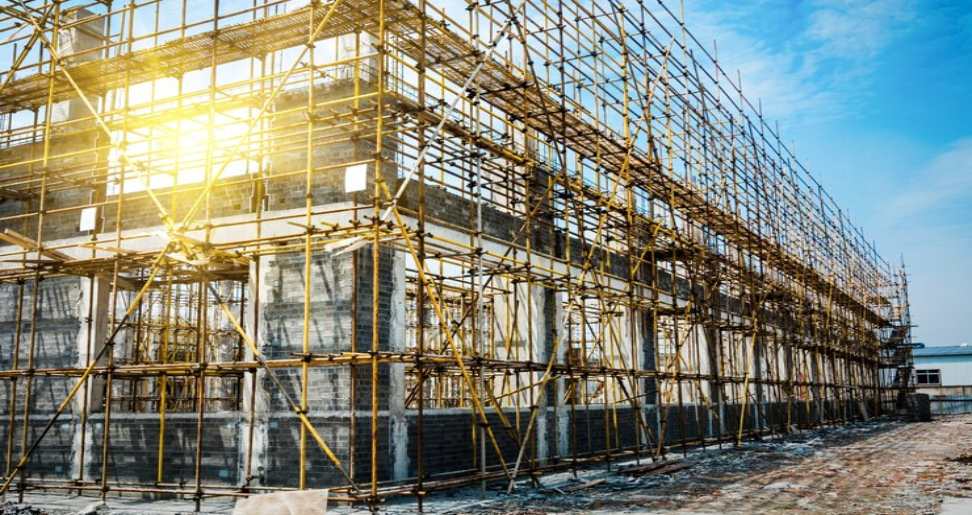A stable platform for workers is essential for performing tasks at various heights. A temporary aluminum structure can provide this type of platform to contractors. This structure is known as Scaffolding. It is made of metal poles and wood planks used to support construction workers, inspectors, cleaners, and others working at tall buildings.
Let’s do a 360-degree analysis of this supportive structure.
What Is Scaffolding?
A staging is a temporary structure that allows people to stand on a stable platform for work in hard-to-reach places.
Most of the time, these structures serve as a means of support for labor teams and supplies during the Construction. They also maintain and repair buildings, bridges, and other man-made structures.
Benefits of Scaffolding
Enables easy access
In Construction, access to any part of the building is the most challenging. However, Scaffolding is a significant solution to this problem because it permits unrestricted access to any construction area. This is incredibly helpful when the structure in question is a tall building and support is crucial.
Regardless of the structure’s height, it provides a safe working environment.
Moreover, its interconnected layout ensures builders and workers get full access to every building area for tasks like plastering and painting.
Provides perfect balance
In addition to accessibility, the other benefit of staging is its ability to maintain balance. Construction involves numerous precision tasks that demand workers to be highly skilled.
It provides a flat surface for workers, enabling them to perform their duties more effectively. The latter is crucial since certain positions are required for some jobs.
Boosts productivity
One of the less apparent advantages of this supportive structure is an increase in overall productivity. This directly benefits from the increased efficiency that scaffolds give in terms of safety and accessibility.
It is well said:
“Productivity will always rise when an employee has a pleasant workplace.”
Acts a bridge
In the construction process, a number of activities involve where workers might need to take a long and winding route to access a specific point.
In addition to being a massive waste of time, workers are unnecessarily tired.
In order to overcome this problem, scaffolding provides many bridge locations, greatly minimizing the distance employees must go.
These bridging points not only save energy and time but also simplify the process.
Furthermore, if you build your home, office or other commercial building, then you should think about scaffolding services to ensure safety of workers.
What Are the Types of Scaffolding Materials?
Steel
Steel is a widely used material in the scaffolding industry due to its strength, flexibility, and ability to support heavy loads. It is three times heavier than aluminium and suitable for taller structures.
However, it is susceptible to corrosion and rust when exposed to humidity. Lighter steel scaffolding, like Layher Lightweight, has been developed to address this issue.
Aluminum
Most of the time, Aluminum distribution helps make a high-quality and lightweight supportive structure(scaffolding). It is Cost-effective and corrosion-resistant, ideal for pump jacks. It requires less time and energy to transport, erect, and dismantle.
However, it has reduced weight stability and is expensive, making it not recommended for tall staging or pump jacks.
Read Also:
- Novatechfx Review: Is It Legit Or Not?
- Jeff Bezos – Biography, Lifestyle, Networth
- Apple Federal Credit Union – Review, Networth

